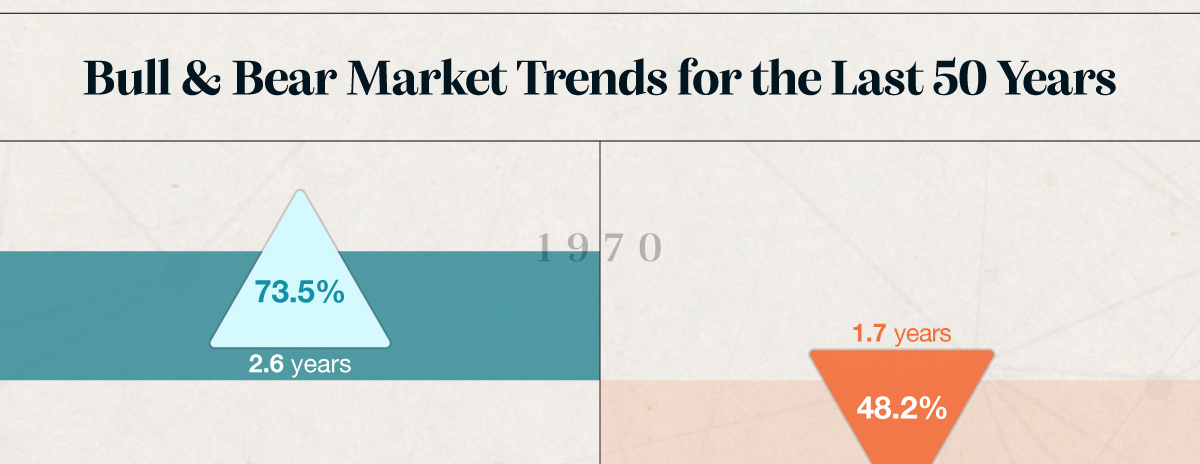Bull & Bear Markets: A Timeline





































Learn how to maximize your tax and estate strategy as a married member of the LGBTQ+ community.

When your child has income, there’s a good chance that he or she will need to report it and pay taxes.

Lifestyle inflation can be the enemy of wealth building. What could happen if you invested instead of buying more stuff?